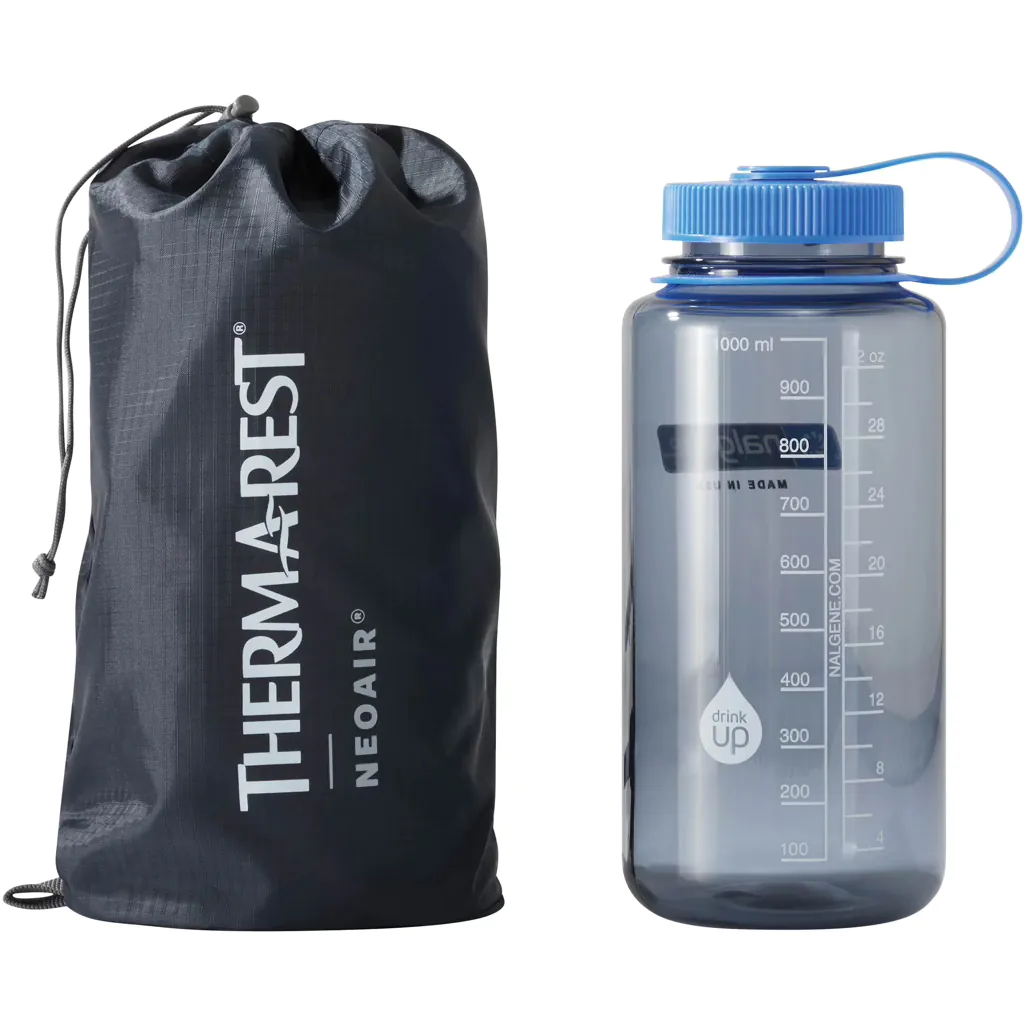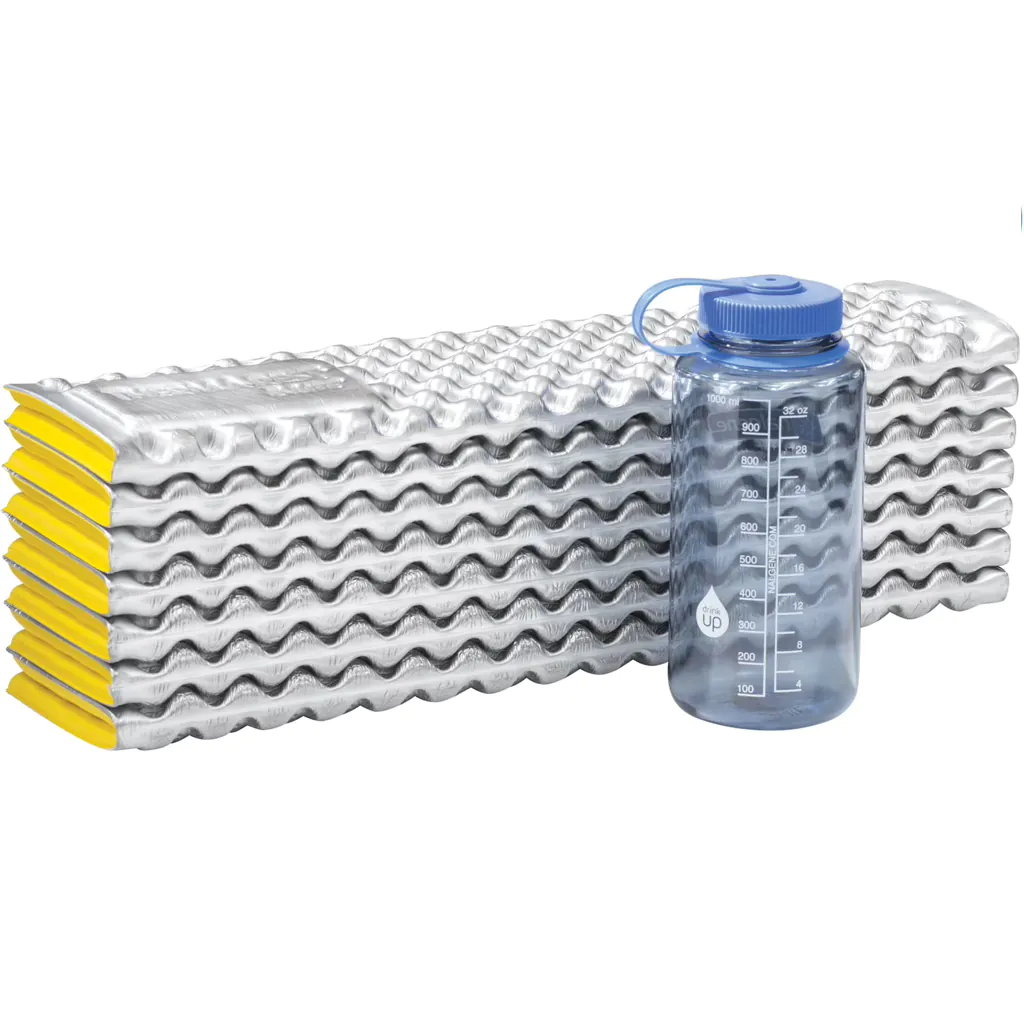Sleeping pads
Why Sleeping Pads Matter?
A good sleeping pad isn’t just about comfort - it's essential for insulation, recovery, and performance in the outdoors. Whether you're planning a thru-hike on the Kungsleden trail, a weekend backpacking trip, or a high-altitude mountaineering expedition - choosing the right sleeping pad can mean the difference between restful sleep and a restless night.
Sleeping pads serve two main functions:
- Insulation: Preventing heat loss to the ground is critical, as even a high-quality sleeping bag won't keep you warm without insulation underneath.
- Cushioning: Comfort helps with quality sleep, which directly impacts recovery and endurance on long treks or climbs.

Air Pads
These pads are inflated manually, with a bag or a pump. They range from ultralight to expedition-grade models with integrated insulation. Air pads are ideal for lightweight backpacking and thru-hiking, alpine mountaineering and expeditions (with high-R-value), and other all-season uses with appropriate R-value.
Pros:
- Most comfortable option
- Lightweight and compact when packed
- R-values available for all-season use
Cons:
- More susceptible to punctures - always bring a patch kit
- Some models are noisy or crinkly
- Takes time and effort to inflate/deflate

Closed-Cell Foam Pads
Made of dense foam, these pads are simple, durable, and reliable. They are ideal for thru-hiking and ultralight backpacking, mountaineering (as a secondary insulation layer), and expeditions in cold weather where durability is essential.
Pros:
- Ultralight and inexpensive
- Nearly indestructible
- Functions even if damaged
- Can be used under inflatable pads for extra insulation
Cons:
- Bulky
- Less comfortable (thin, firm cushioning)

Tips for Choosing the Right Pad
| Type | Weight (g) | R-Value | Packed Size | Durability | Best For |
|---|---|---|---|---|---|
| Air Pads | 225–800 g | 1.0–7.3+ | Very compact | Lower (repairable) | Thru-hikes, alpine climbs, ultralight backpacking |
| Closed-Cell Foam | 280–450 g | 1.5–2.0 | Bulky, folds or rolls | Excellent (bombproof) | Ultralight hikes, mountaineering, cold backup |
Check the R-Value - a measurement of thermal resistance, that indicates how well the sleeping pad resists heat loss. The higher the R-Value, the better insulation from the cold ground.
- R 1-2: Summer camping only
- R 2-4: 3-season backpacking
- R 4.5-5.5: Winter and alpine use
- R 5.5+: Expeditions, snow camping, high-altitude climbs
Tip: Layering a foam pad underneath an inflatable one increases overall R-value and adds a safety layer.
Weight & Packability
- Air pads: Light and pack small
- Foam pads: Light, but bulky
Durability & Field Repair
- Foam: Zero failure risk
- Air pads: Higher risk - carry a patch kit
Tip: For mountaineering or winter expeditions, redundancy is key. Consider a foam + air pad combo, or carry 2-3 patch kits.
Comfort & Shape
- Mummy/tapered pads: Lighter, better fit in small tents
- Rectangular pads: Roomier and more comfortable
- Thicker pads give more comfort, especially for side sleepers
Tip: If you toss and turn, a wider pad may be worth the weight.
